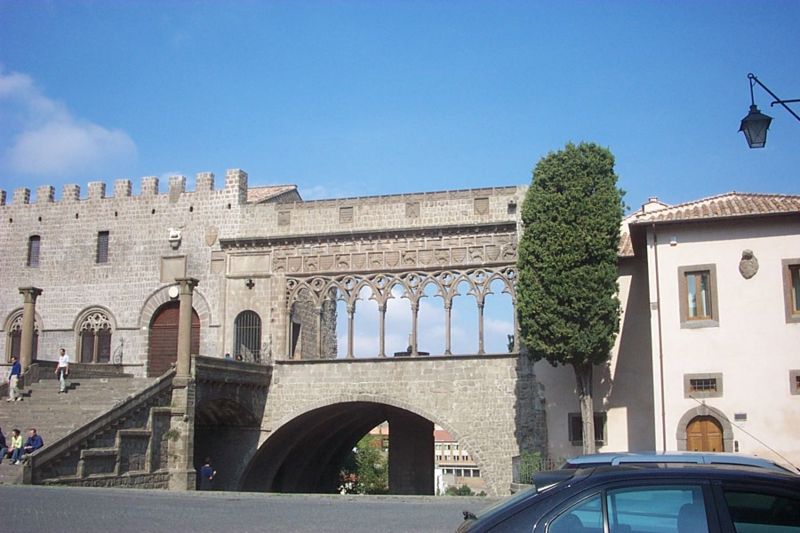A Travel To Lazio For The Easter Ceremony

As recently nominated Pope Francis arranges to make his first appearance for Easter at St Peter’s, Rome relaxes in the global spotlight. In any case while all eyes are turned to the Vatican and swarms of individuals run to the city’s feature sights, the encompassing area of Lazio remains impressively undiscovered by the mass of vacationers. Adjoining Tuscany and Umbria in the north and Campania in the south, this regularly neglected district of mid Italy is rich in customary premium and common excellence. Outside of Rome, it is meagerly populated and geologically differing, with imposing volcanic bays at Bracciano right and Bolsena, sandy sunny shores and remote Apennine tops.
 Its northern compasses are rich and green, their delicate moving shapes reminiscent of the exemplary Tuscan field further north. To the south and east, the view undertakes a keener note as the knolls get higher and the terrain less friendly. In the inside is Rome, Lazio’s extraordinary showcase city. Established in 753BC, if the legend of Romulus and Remus is to be accepted, it developed to come to be the fearsome Caput Mundi, the center of a realm that extended from Spain to the Middle East and from North Africa to Northern England.
Its northern compasses are rich and green, their delicate moving shapes reminiscent of the exemplary Tuscan field further north. To the south and east, the view undertakes a keener note as the knolls get higher and the terrain less friendly. In the inside is Rome, Lazio’s extraordinary showcase city. Established in 753BC, if the legend of Romulus and Remus is to be accepted, it developed to come to be the fearsome Caput Mundi, the center of a realm that extended from Spain to the Middle East and from North Africa to Northern England.
Decay set in after the 5th century when it tumbled to Germanic brutes. Yet a considerable lot of its landmarks survive, not just in the city itself and yet in the encompassing wide open, where you’ll find epic destinations for example Ostia Antica and the listed by UNESCO Villa Adriana at Tivoli. Throughout the middle Ages, Rome ended up being a significant religious end of the line as Christians rushed to the city to love at the tombs of holy persons Peter and Paul.
Trailblazing British pioneers touched base on the Via Francigena, 2,083 Kilometers way that ran from Canterbury through France and Switzerland down to Rome. Nearly eight hundred years on and still open to walkers. The Vatican and its extremely valuable fortunes is still an enormous draw for the city, particularly at Easter when colossal swarms accumulate on St Peter’s Square to catch the Pope convey his urbi et orbi favoring. To see where the ecclesiastical gathering not long ago, Pope Francis, beginning to the Sistine Chapel in the Vatican museums religious movement separated, spring is an exquisite chance to be in Lazio. Daylight and blue skies carry out the best of Rome’s colorful avenues and the farmland is inundated with greenery and wild blossoms.
In Rome, the Spanish steps blast into life in mid of April when they are embellished with countless blossoming azaleas. Later on April 21st, the city parties about its birthday with firecrackers and authentic reestablishments. Anyhow long before Rome was established, Lazio was home to a thriving old civilization.
The Etruscans developed from the Stone Age to rule preroman Italy. Small now stays of their once capable city states however Lazio’s northern scene is littered with unpleasant indications of their passing. Castelli Romani a verdant compartment of wooded slopes, volcanic bays and medieval towns, the Castelli Romani has as far back as anyone can remember served as a cool summer asylum for Romans. Its best known towns are Frascati, it is been known as neat wine hub and the enchanting Castel Gandolfo.
